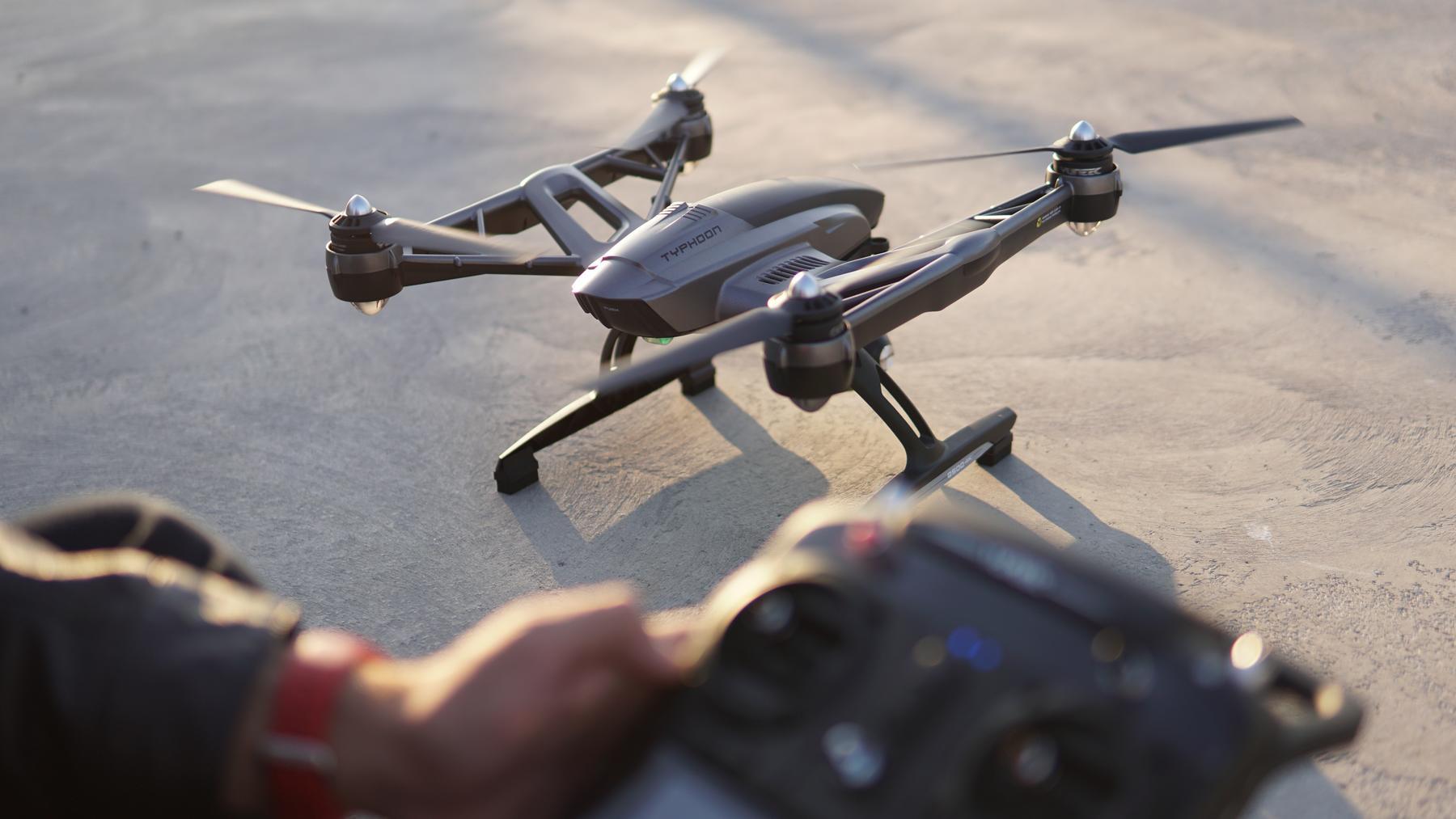In the dynamic world of drone technology, “headless mode” often emerges as a topic of interest among enthusiasts and novices alike, especially for those learning to fly drones. Understanding what headless mode on a drone means can significantly enhance your flying experience, ensuring a smooth and hassle-free operation. In essence, headless mode allows a drone to move relative to the operator, not based on its own orientation. This means that if you push the control to the right, the drone will go right, regardless of which way the drone’s ‘head’ or front is facing. This function can be exceptionally beneficial for beginners who might find it challenging to keep track of the drone’s front and rear in flight.
How Headless Mode Works
This mode simplifies control by using the controller’s direction as the absolute frame of reference rather than the drone’s own orientation. When activated, all directional commands are sent relative to the pilot, which eliminates concerns about which way the drone is facing. With headless mode, if the drone is rotated, the controls won’t change in response to its orientation. This feature is particularly useful when the drone is far away, where visually determining its front and back can be difficult.
Advantages of Flying in Headless Mode
- Simplified Control: Headless mode reduces the complexity associated with learning the drone’s navigation, allowing novices to fly without constantly recalibrating their orientation.
- Focus on Flight: Pilots can concentrate on capturing images or videos without worrying about the drone’s direction, facilitating smoother footage capture.
- Enhanced Confidence: New users feel more confident as they can operate the drone with ease, focusing on mastering core flying skills.
Disadvantages and Limitations
Despite its advantages, headless mode is not without limitations. For advanced users, this feature might limit full control over the drone, as flights can be less precise compared to flying without it. Additionally, reliance on headless mode can lead to complacency, potentially hindering pilots from developing traditional orientation navigation skills.
When to Use Headless Mode
Headless mode proves most beneficial in open areas with minimal obstacles where maintaining spatial orientation isn’t critical. It’s also recommended for exploration situations where distance creates challenges in discerning the drone’s direction.
Is Headless Mode Safe?
Using headless mode is generally safe and effective for beginners; however, pilots should remain aware of their surroundings to prevent accidents. Understanding the limitations of this feature is crucial to ensure responsible and safe flying.
FAQs
Q: Can advanced pilots benefit from headless mode?
A: While headless mode is primarily for beginners, advanced pilots can still benefit during specific visual exploration scenarios or when focusing on video capture.
Q: Does headless mode affect the battery life of a drone?
A: Headless mode doesn’t directly impact battery life, but the ease of navigation might lead to longer flights, indirectly influencing battery usage.

Q: Is headless mode compatible with all drones?
A: Not all drones support headless mode; ensure your drone model includes this feature before relying on it.
Adjusting to headless mode is a stepping stone in enhancing one’s drone flying skills. With practice, you can explore more complex maneuvers, eventually leading to advanced flying techniques.